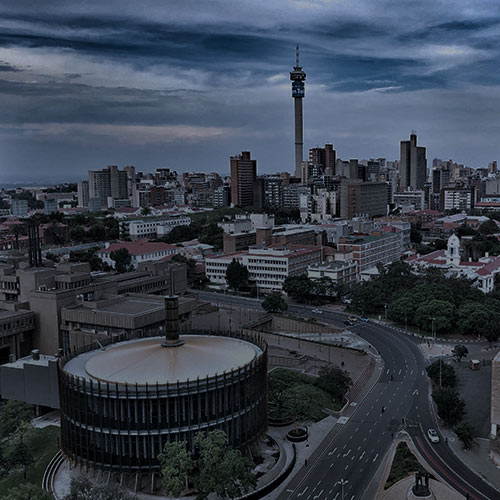The South African (SA) stock market recorded its biggest monthly fall (FTSE/JSE Capped SWIX -7.5% MoM) since the start of the pandemic in March 2020 as the benchmark followed global markets lower. The local bourse has held up relatively well YTD with strong commodity markets supporting the country’s terms of trade and depressed domestic equity valuations attracting flows as investors rushed to switch out of relatively expensive growth shares. However, as the prospect of an accelerated tightening of global monetary conditions started to increase the possibility of a meaningful slowdown in global economic growth, there were few places for investors to hide in June, and the local bourse was certainly not one of them. Miners were amongst the worst performers in June, down 14% MoM, with Anglo American the worst of the bunch (-24% MoM) as commodity prices dropped with the increasing possibility of slower global economic growth. Iron ore fell 13% MoM and platinum dropped 7% MoM (both in US dollar terms).
Companies geared towards the domestic economy also fared poorly in June as banks and insurers fell 13% MoM and 15% MoM, respectively. The rare bright spots for local equities came from Mediclinic (+20% MoM) and Naspers/Prosus (+38% and +30% MoM, respectively). The former received an unsolicited buyout offer from an existing investor, local investment company Remgro in a consortium with Mediterranean Shipping Company, which the Mediclinic board recommended rejecting. The latter pairing saw their share prices rally strongly on the news that their management had received approval to start selling down the shares of their biggest underlying investment, Chinese tech conglomerate Tencent, and would be using the proceeds to buy back their shares. Food retailer, Pick n Pay (+5.7% MoM) also managed to deliver a positive monthly return as it narrowed the valuation gap with peers.
SA’s May inflation data (6.5% YoY) released during the month was worse than anticipated (6.1% YoY) and, for the first time since March 2017, above the upper band of the SA Reserve Bank’s 3% to 6% target range. Although much of the inflation is currently being driven by higher food and energy prices, core inflation, excluding those categories, came out in line with expectations at 4.1% YoY. Rising inflation, both locally and globally, and the prospect of tighter monetary conditions were enough to push SA’s 10-year government bond yield to 11% by month-end – up from 10.3% at the start of the month. Excluding a brief foray above 11% at the start of the pandemic, this is the first time the government’s 10-year borrowing rate has reached 11% in more than 20 years. Challenges at SA’s power utility added to pessimism around the potential impact of slowing global economic growth. Striking Eskom employees exacerbated the already challenged state of the utility’s ability to meet the country’s energy needs, forcing loadshedding to Stage 6 for the first time since 2019, with the country clocking up 62 days of blackouts in the first half of the year. The SA rand fell 3.9% MoM against the US dollar, dragging it slightly lower YTD (-2%) against a strong US currency.




